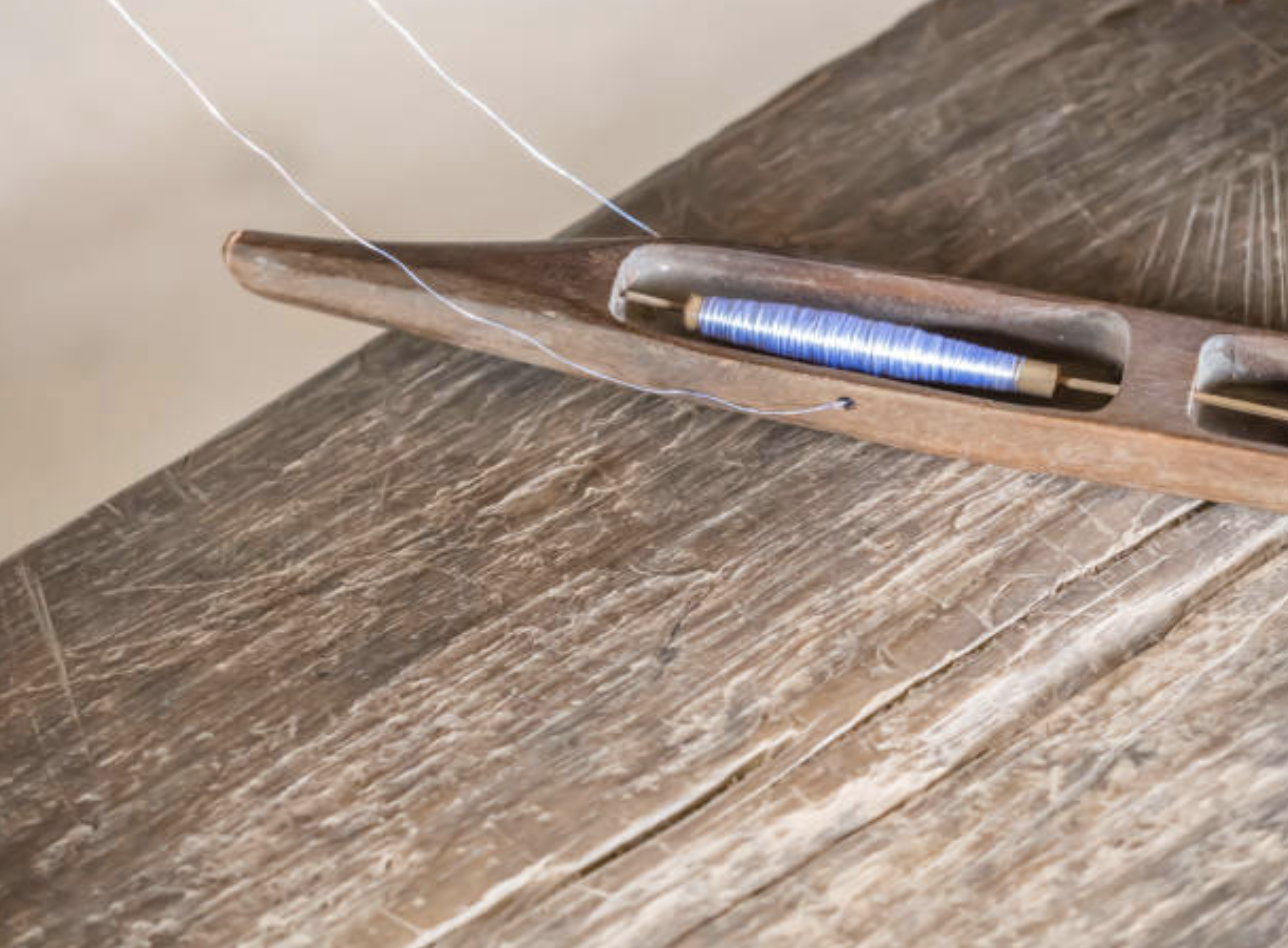Water series POST 1: Water, Water, Everywhere, and Not a Drop...
Written by Todd, Homeowner
In the Pacific Northwest, how hard can it be for a house to harvest all its own water? Apparently, plenty hard. Despite the steady rain nine months a year, in the summer we go dry for three months. This feast and famine makes the politics of water in this oft-soaked region more complicated than we expected.
Bainbridge draws its water from six aquifers below the island. Among those, one aquifer supplies about two-thirds of the drinking water. That water, like drinking water in much of the rest of the world, has become a hot political battle. (Those interested in keeping up with emerging world water crises, check out the fine coverage by Circle of Blue.)
While other parts of the world struggle with water because of mass migration to cities or enormous gas or oil production, economic growth and development in the Northwest puts water center-stage on Bainbridge. The island, like many communities around Seattle, is booming, with developers cutting down trees to build houses seemingly everywhere.
Fewer trees mean more rain runoff. More buildings mean more hard surfaces. It adds up to less water sinking into the ground and aquifer. City leaders worry that we might be drawing out more than we replenish, and eventually Bainbridge’s drinking water will go dry. A recent reporthas found signs that water level is dropping at one well tapping the aquifer, and the city has completed two investigations of whether Bainbridge is drawing down the big aquifer. So we seem to be taking more than we’re replacing – our development and our water availability, or our watershed, is out of sync. Unfortunately, the city doesn’t have enough data to know how bad the problem is. Council met in a special executive session in January 2018 and declared a six-month moratorium on island development. (The moratorium has been extended, is still in effect.)
This is the simple explanation. Biohabitats will offer us a nuanced understanding of Bainbridge’s water system and how Loom House is situated in that conversation. When you consider that the water we draw from the aquifer to drink today may have fallen as rain more than a thousand years ago, it makes sense for us devote time to understanding the topic of water and development more deeply. Stay tuned.
Here is where The Living Building Challenge offered guidance to us and may be helpful to the city as a whole. The LBC asks this question: What would it take for any development to be restorative to the environment? That would mean any development would put back into the ground the water it extracted and used. We would think about our tiny watershed, two-thirds an acre, and by design replenish what we take from the aquifer.
What would restorative mean to us for that suburban lot? As a start, the LBC instructs us to figure out how much water passes through our parcel of land. Pete Muñoz at Biohabitatscame back with an answer that astounded us: 720,000 gallons a year. That’s enough to supply 20 families of four with water for an entire year, an entire subdivision! And only the two of us live on this patch of dirt. One year of rainfall supplies our needs for about 40 years. We’re not saying anyone’s age, but that should just about do us! The island as a whole – if it is strategic about how it allows homes to be developed, how it adjusts its water code for builders and how it invests in infrastructure – should be fine. Those are big ifs. Can our pursuit of the LBC water petal give us pointers?
After a lot of analysis, we set up a system that looks like any house with a well. The only difference is that instead of drilling into the ground and using electricity and a pump to pull water out, gravity delivers it to us from our roof. We just have to catch it. From there, the standard well-system takes over: a tank the size of a small water-heater in the mechanical room pressurizes the water for the whole house. Another filters it. We zap it with UV light to kill any pathogens, and then it flows from ourtap and showers.
Our house won’t resort to composting toilets or alternative plumbing. The house uses standard low-flow plumbing fixtures, including dual-flush toilets, and we didn’t even install a more complicated plumbing system for greywater. (These systems recycle water when it does not need to be the highest quality. For example, shower water might be redirected to flush toilets.) Greywater systems work beautifully and there are plenty of good reasons for us all to move to clean, efficient composting toilets, but that’s another blog post. We didn’t want to add complexity to the house if it isn’t absolutely necessary. We would reuse the house water, but as we described here, only after the waste treatment.
So far so good, but here’s the hitch (and the expense – remember, it’s complicated): we have to store enough water to get us through the three bone-dry months of July to September.
Doing that turned into an interesting journey. Stay tuned.
Written by Todd, Homeowner



